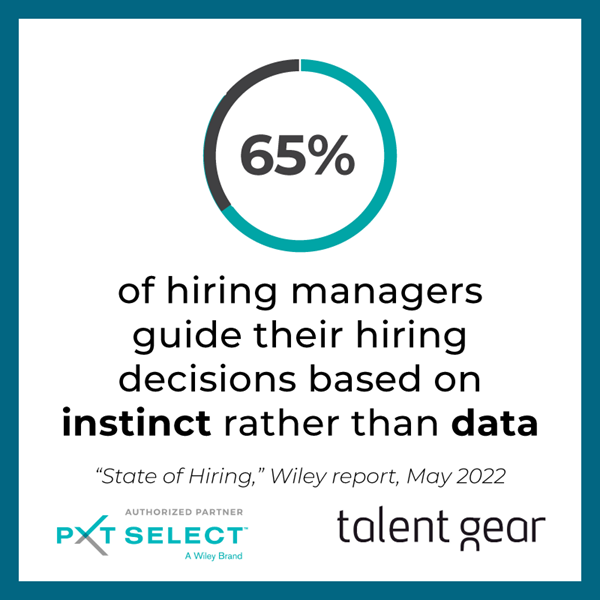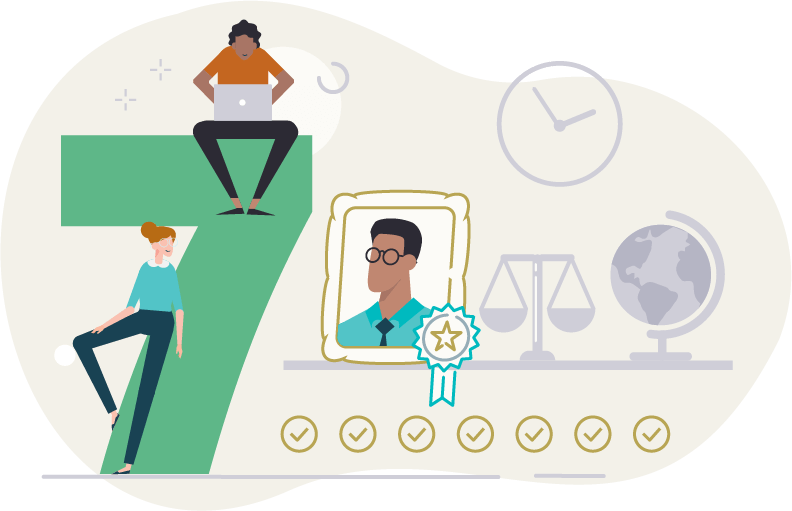Reduce bias in hiring
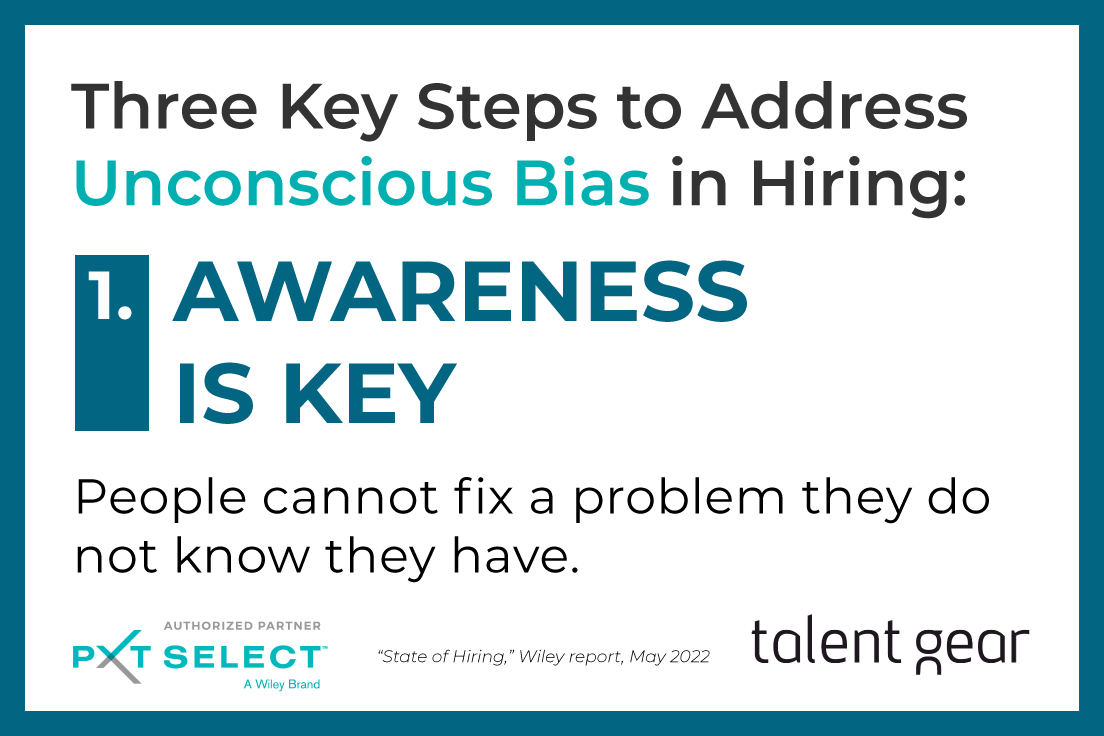
Ideally, you want to hire based solely on professional qualifications. But how do you do that?
Unconscious bias and hiring
I bet you could share stories similar to these.
A trusted friend recommends a candidate to fill an open position. You know your friend is smart, works hard, and is surely a great judge of character. Then two years later you're still trying to get this employee to work at a standard level or to fire her. Relying on recommendations isn’t enough.
Conversely, I used to work with a great colleague hired right out of college and who quickly advanced. He was a great hire, and I asked him how he got the job. He said that during his interview with the vice president, they talked about their recent trips to Thailand and really clicked on a personal level. My colleague continues to advance at this organization; the VP was eventually fired. In this case the hiring worked well, but only by accident.
Making a good hire is difficult. You want someone you can easily work with but who also brings something extra to the team. Do you know how not to get that? Hire based on your gut feeling or with limited data. Ideally, you want to hire based solely on professional qualifications. But how do you do that?
We all have biases
Our brains are shaped by biology and evolution, so we all gravitate toward the familiar and what feels most safe. Our brains are lazy and like to take the shortcuts that stereotypes offer them. It’s so much easier and it feels good to hire someone who has similarities to ourselves. When swamped with resumes, it's easier to sort them quickly if you can use a simple criterion like education level, even if you have no evidence that a degree makes a better employee.
Bias comes so easily to us. We see our alma mater on a resume and our brain lights up a bit. We see someone walking in who looks like they were sent from central casting and we relax a bit. Unconscious bias is generally defined as the automatic associations people make between multiple characteristics and social categories, such as race, age, gender, or disability, and attitudes/beliefs, generated from prior experiences, that influence how we interact with people in those groups, especially in situations where quick decision-making is needed.1
We understand that teams perform better when there is diversity of all types. The person we really need might be the one who we perceive as slightly threatening to our own status or to the status quo. But how do we see past our own biases?
How do we hire the best?
Job descriptions
Your success at hiring will be highly influenced by how well you understand the job you’re trying to fill. What skills, attitudes, abilities, and values are you looking for?
Have you ever had someone call you to find out what job a job posting is really for? I know I’ve received calls along the lines of “I see it’s called a ‘manager’ but is that just so you can pay more or does it actually involve managing people?”, “I see it’s an IT job, but it reads more like a project management job,” and “Do they really want all those certifications or did they just list every one they could think of?” Job descriptions shouldn’t be confusing, misleading, or inaccurate.
In addition to creating descriptions that reflect the actual job responsibilities the new hire will experience, the descriptions need to be unbiased. Using titles like “ninja” or “rock star” are sometimes perceived as a signal that you’re looking for a young white man. Asking for applicants from a “top university” connote a bias towards Ivy League graduates (even if they graduated at the bottom of their class). If you use the verb “build” which can be seen as masculine, also use “collaborate” which tends to be seen as more feminine. Try different wording to see if this creates differences in your applicant pool.
If you’re listing something as a requirement, be sure that it is indeed required. If a college degree really isn’t necessary, don’t ask for it. If you’re not really sure what “comfortable with fluid structures” means, don’t list it. If “analyst” has several meanings in your industry, define what you mean. Provide a salary range. Give applicants an accurate description of the job and help them decide if they should apply or not. Your criteria for selection should be as obvious to the applicant as to those making the hiring decision.Not sure where to begin with a new job description? Try searching through O*Net for similar positions.
Postings
Where are you sourcing your employees? If you’re relying on referrals, you’re very likely to get people who will get along but not innovate, solve problems creatively, or challenge each other. If you’re only recruiting from one or two schools, you’re probably not getting the best applicant pool.
Resumes
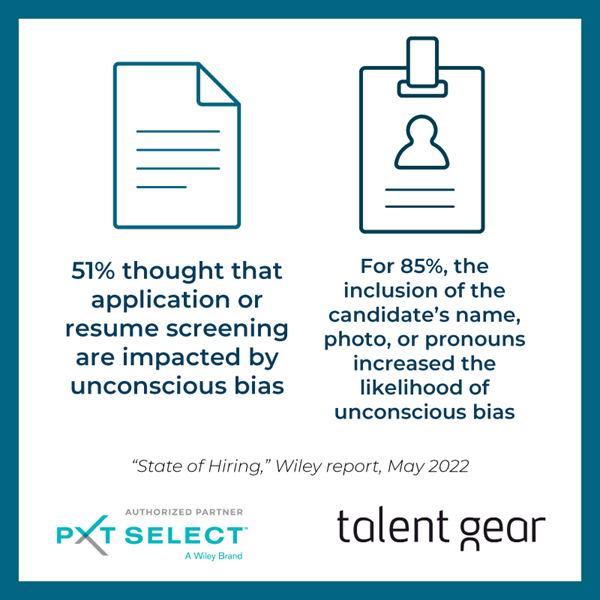
Resumes provide a limited amount of data about a person, but data that our brains are easily tempted to read more into. Names, schools, and previous employers all call into our minds an idea of who a person is and what they are capable of. However, these assumptions are often wrong or irrelevant, and certainly untested. You might have to get through a stack of resumes quickly and eliminate a large number, but beware of taking mental shortcuts while you cull.
Even using resume screening tools or applicant tracking systems can be problematic. How do you distinguish between the good candidate and the mediocre one who has learned how to write for the machines? These programs can, however, assist in “blinding” the process to much demographic and socio-economic information.
Testing
Can an applicant do the job? Why not test them? The days of timed typing tests are probably gone, but is there an important skill necessary for doing the job that you can test for? Skill tests can yield important insights that are based on the candidate’s work and not on superficial appearances.
What if the job requires skills not easily tested? You can always use a tool like PXT Select to test for an overview of verbal and mathematic cognitive abilities. You need to determine how well a person needs to score to be successful. You can test successful employees to get that data, or use something like PXT Select's Performance Models to help with that.
Testing provides a stable data point for evaluating a candidate. It should be only one data point. Evaluators should have a clear understanding of what are excellent, acceptable, and unacceptable answers to interview questions or other criteria, too.
Interviews
Job applicants expect certain questions to be asked during interviews and can find recommended answers after a simple Google search. You’ll do better if you ask questions tailored to the job. You can focus on issues that directly influence one’s performance.
Structured interviews — asking the same questions of each candidate — minimize unconscious bias. Structured interviews also make it much easier to compare candidates against each other.
To further reduce bias, at least a few interviewers should not have seen the resume or other information. These interviewers' ratings can then be seen as an independent data point.
What questions should you ask? They should be related to the job and to qualities you desire in an employee. These might include questions more related to personality traits. Some employers use a personality assessment. A validated tool like PXT Select will provide you with interview questions, based on their personality, that are directed to areas that might require extra effort from the candidate. For example, your office might be very fast-paced, and the personality test shows that the applicant is not inclined that same way. Therefore, you’ll want to ask about how they deal with duties while under a time pressure.
In summary, some interview questions should be based on the requirements of the job and standard across all candidates. Some can also be tailored towards the personality and interests of each applicant. Each response should receive a rating by each interviewer.
Scoring candidates
No one likes to be reduced to a number, but we show much less bias toward numbers. You should have prioritized the qualities and capabilities you’re seeking and be able to weight them accordingly. Ranking these bullets from the job description will make it easier for the resume screener. It will also remind the hiring agent of needs and steer them away from their own unconscious biases. Some professionals suggest using a scorecard that includes likability along with education, experience, etc. This makes how you feel about someone just another data point and not the strongest determinant of who gets hired.
Hiring the right person is much too important to reduce to a simple question such as “would I like to drink a beer with this person.” Hiring is expensive and hiring the wrong person even more so. Reducing your unconscious biases will make you more successful at hiring.
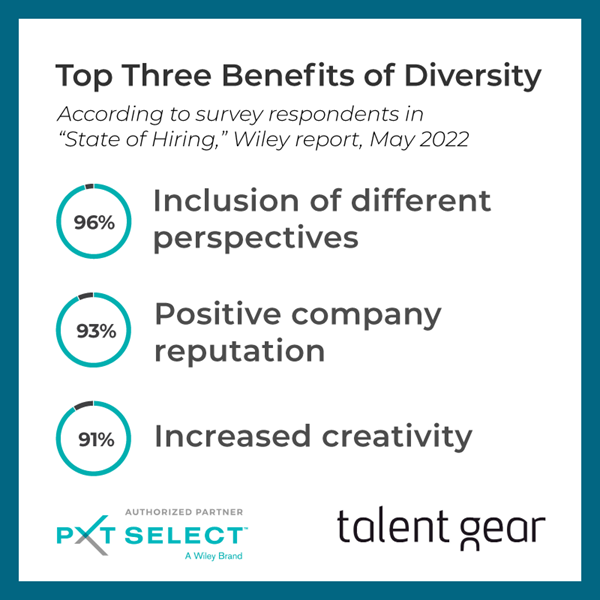
Extra reading
State of Hiring: Mitigating Unconscious Bias during Hiring and Selection, Wiley
The Psychology of Stereotypes, ABC News
Actively Addressing Unconscious Bias in Recruiting, Harvard Business School
Why Diverse Teams Are Smarter, Harvard Business Review
1 Greenwald, A. G., & Banaji, M. R. (1995). Implicit social cognition: attitudes, self-esteem, and stereotypes. Psychological review, 102(1), 4.
